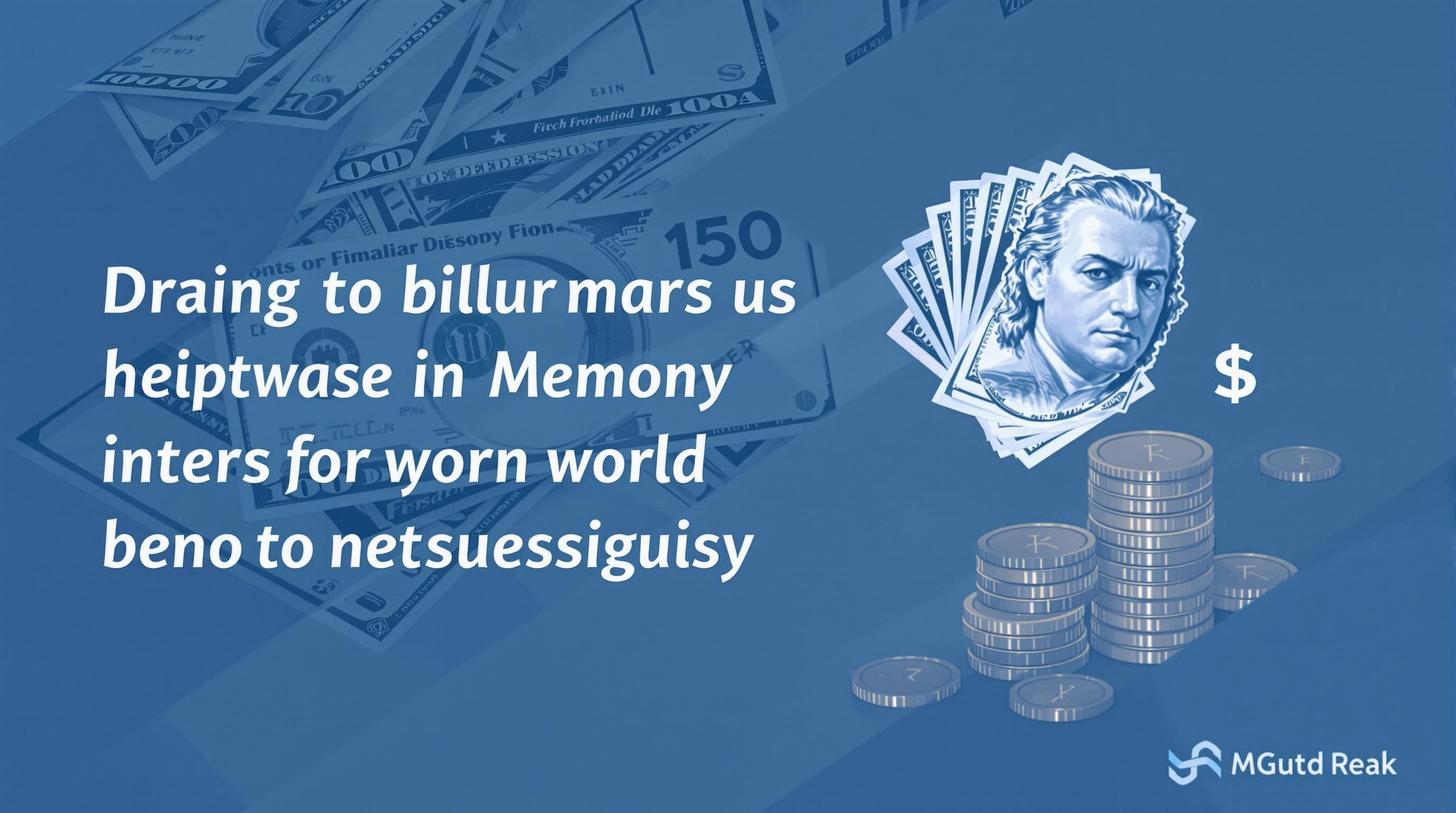Related Articles
- Top 6 Niche Credit Cards from the Past Five Years That Exploit Unseen Reward Loopholes
- Unmasking the Silent Influence of Social Media Challenges on Long-Term Financial Behavior and Credit Recovery
- How Microcredit Dynamics in Remote Communities Are Redefining Access and Trust Beyond Traditional Credit Metrics
- How Cultural Attitudes Shape Collective Borrowing Habits and Their Impact on Financial Unification Strategies
- Top 5 Under-the-Radar Digital Loan Services Launched Since 2019 That Are Disrupting Traditional Borrowing Norms
- Top 6 Cutting-Edge Financial Wellness Platforms Redefining Debt Recovery Tools Released Since 2019
Unmasking the Silent Influence of Social Media Challenges on Long-Term Financial Behavior and Credit Recovery
Unmasking the Silent Influence of Social Media Challenges on Long-Term Financial Behavior and Credit Recovery
Social media challenges, once seen purely as lighthearted trends, are now subtly reshaping our financial behaviors and affecting long-term credit recovery in ways many don’t expect. This article explores these silent influences, weaving together data, anecdotal stories, and expert insights to reveal a complex network of impact that spans generations.
The Double-Edged Sword of Viral Financial Challenges
Take the popular 52-week savings challenge. At first glance, it’s an ingenious plan promising gradual savings accumulation with minimal effort. Millions have participated, tracking their progress on platforms like TikTok and Instagram with hashtags that garner thousands of posts weekly. But beneath the surface, these online challenges carry risks.
While encouraging positive money habits, some challenges inadvertently promote an unrealistic view of financial recovery and credit repair. For example, an individual attempting to restore credit might overcommit to a savings schedule inspired by viral trends, only to compromise essential bill payments, leading to further credit penalties.
Anecdotes from the Field: A Millennial’s Journey
At 29, Jenna embarked on a social media-inspired savings challenge after racking up credit card debt during college. Motivated by TikTok videos showing neat spreadsheets and dollar bills, she eagerly started her weekly deposits.
However, unforeseen expenses like car repairs and medical bills forced her to either skip deposits or dip into savings, which delayed her credit recovery by months. Jenna’s experience illustrates that emotional highs from social media encouragement don’t always translate into sustainable financial discipline.
The Role of Peer Pressure and Social Validation
Social media challenges thrive on communal participation. Seeing peers succeed or flaunt their progress creates psychological pressure to conform. This validation loop can push individuals to participate even when their financial situations are fragile.
A survey by the Pew Research Center (2023) found that 64% of social media users between 18-34 had participated in at least one financial challenge, yet only 38% felt they fully understood the commitment before starting.
Conversational Insights: Talking With Financial Advisors
“The first thing I tell clients is to never blindly follow a challenge without understanding their personal cash flow,” says Thomas Graham, a financial advisor with 25 years of experience. He advises a tailored approach, where financial habits are shaped by individual circumstances rather than viral trends.
Graham notes, “Many clients come to me disillusioned after failing to keep up with a challenge, feeling worse about their credit than before they started.”
When Humor Meets Finance: The Meme Culture Effect
One cannot overlook how humor and memes inject levity into sometimes stressful financial journeys. A viral meme about the “Coffee Challenge” — skipping daily lattes to save money — humorously exposes how small changes can stack up.
But behind the laughs, the challenge also symbolically nudges users to rethink discretionary spending. The playful nature makes it less intimidating, increasing engagement and potentially leading to improved financial habits over the long term.
Statistical Subtext: Reading Between the Numbers
According to a 2022 study by the National Endowment for Financial Education, micro-savings challenges increase immediate saving rates by 17% within six months, but only 8% of participants maintain consistent savings behavior beyond one year.
The transient enthusiasm fueled by social media buzz tends to wane, which can create cyclical setbacks in credit recovery efforts when participants revert to old spending habits.
Case Study: The Debt Paydown Challenge Phenomenon
In 2021, a Facebook group named “Debt-Free Tribe” initiated a debt paydown challenge, encouraging participants to pay off $1,000 of debt every three months. Over 10,000 members posted progress updates, sharing success stories and motivation.
While many saw reduced debt and higher credit scores within a year, 22% reported encountering unexpected expenses that halted their progress, leading to frustration and sometimes worsening financial health due to missed payments or borrowed funds.
A Formal Perspective: Psychological Underpinnings
Behavioral economists explain that social media challenges tap into the brain’s reward systems by combining social approval with achievable goals, which motivates short-term behavior change.
However, long-term financial behavior is influenced by deeper cognitive biases, such as present bias—the tendency to prioritize immediate gratification over future benefits—which viral challenges sometimes inadequately address.
Tips for Navigating Social Media Financial Trends Safely
1. Analyze your own financial situation before committing.
2. Consult with a financial advisor for tailored strategies.
3. Use challenges as motivational frameworks rather than rigid rules.
4. Keep emergency funds separate from challenge funds.
5. Join communities emphasizing realistic and flexible approaches.
A Personal Reflection from an Experienced Eye
At 58, having witnessed multiple financial bubbles and the birth of digital culture, I see social media challenges as a double-edged coin. They democratize financial awareness but also risk oversimplifying complex issues like credit repair.
My advice? Embrace the enthusiasm but temper it with wisdom. Your credit history is a nuanced narrative, not a viral hashtag.
Driving Change: Social Media Platforms Respond
Recognizing the powerful influence of financial challenges, several platforms have started collaborations with certified financial educators. Instagram, for instance, introduced badges for verified financial content creators to help users identify trustworthy advice amidst the flood of trends.
This shift aims to blur the line between entertainment and education, equipping users with better tools to make informed decisions.
Future Research and the Call to Action
As social media evolves, understanding its nuanced influence on long-term financial behaviors remains imperative. Researchers call for longitudinal studies that track participants of these challenges over years rather than months.
Only then can we fully grasp their impact on credit recovery and build interventions that maximize benefit and minimize harm.
Final Thoughts: The Intersection of Culture and Credit
What began as fleeting trends have morphed into cultural phenomena influencing how millions think about money and credit. Unmasking this silent influence requires us to look beyond the viral videos and memes—to the underlying psychology, economic realities, and social dynamics shaping our financial futures.
In the end, the true challenge is not in mimicking a trend, but in mastering a sustainable and informed approach to personal finance.




